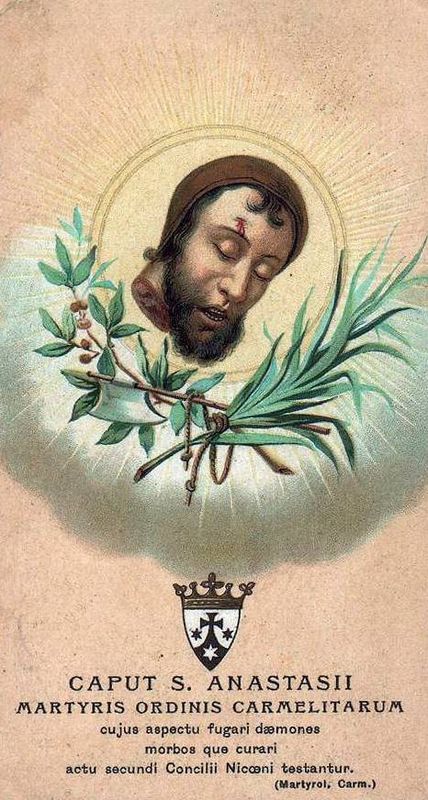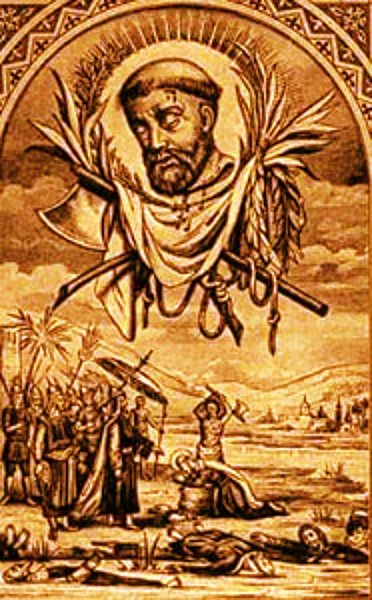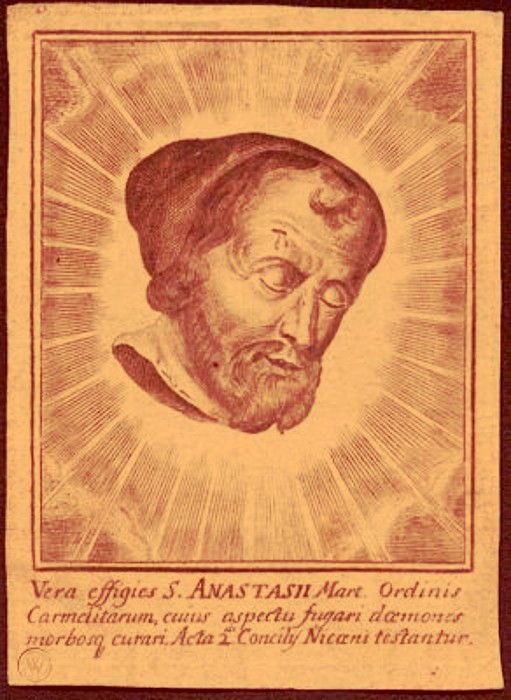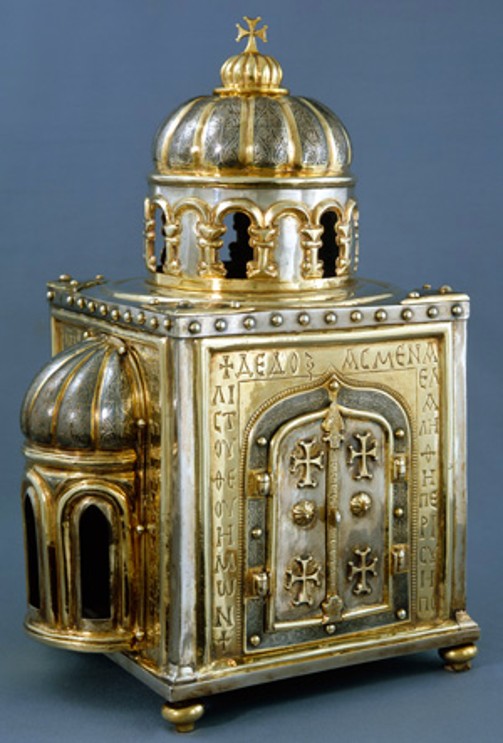St Vincent of Saragossa (Died 304) Deacon – The Protomartyr of Spain, Deacon, Deacon, Archdeacon, Preacher, assistant to St Valerius of Saragossa (Died 315), who was his Bishop and whose Feast is also today.
His Life and Deathy:
https://anastpaul.com/2019/01/22/saint-of-the-day-22-january-st-vincent-of-saragossa-died-304-protomartyr-of-spain/
St Valerius of Saragossa (Died 315) Bishop,of Saragossa, Spain. There are few records of Valerius but tradition holds that he had a speech impediment and that the Protomartyr of Spain, Deacon, St Vincent of Saragossa, (also celebrated today), acted as his spokesman.
His Life and Death:
https://anastpaul.com/2021/01/22/saint-s-of-the-day-22-january-saint-valerius-of-saragossa-died-315-and-saint-vincent-of-saragossa-died-304-deacon-protomartyr-of-spain/
St Anastasius the Persian (Died 628) Martyr, Monk.
The Roman Martyrology reads: “At Rome, at Aquiae, Salviae, St Anastasius, a Persian Monk, who, after suffering much at Caesarea in Palestine, from imprisonment, stripes and fetters, had to bear many afflictions from Chosroes, King of Persia, who caused him to be beheaded. He had sent before him, to Martyrdom, seventy of his companions, who were precipitated into rivers. His head was brought to Rome, together with his venerable likeness, by the sight of which, the demons are expelled and diseases cured, as is attested by the Acts of the Second Council of Nicacea.”
His Life and Death:
https://anastpaul.com/2023/01/22/saint-of-the-day-21-january-st-anastasius-the-persian-died-628-martyr-monk/
Blessed Antonio della Chiesa OP (1394-1459) Priest and Friar of the Order of Preachers
St Blaesilla of Rome
St Brithwald of Ramsbury
St Caterina Volpicelli
St Dominic of Sora
St Guadentius of Novara
Blessed Maria Mancini of Pisa OP (1356-1431) Widow, Second Order Sister of the Order of Preachers, spiritual disciple of St Catherine of Siena, Prioress, Mystic, Reformer, Apostle of the poor and the sick. The Roman Martyrology states: “In Pisa, Blessed Maria Mancini, who, twice widowed and all her children lost, under the exhortation of St Catherine of Siena, began community life in the Monastery of St Domenic, which she led for ten years.”
Her Life:
https://anastpaul.com/2022/01/22/saint-of-the-day-22-january-blessed-maria-mancini-of-pisa-op-1356-1431/
Bl Walter of Himmerode
Bl William Patenson
Martyrs of Puigcerda:
St Orontius
St Victor
St Vincent







You must be logged in to post a comment.